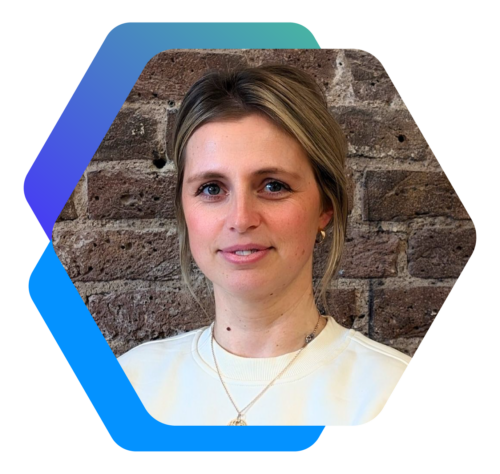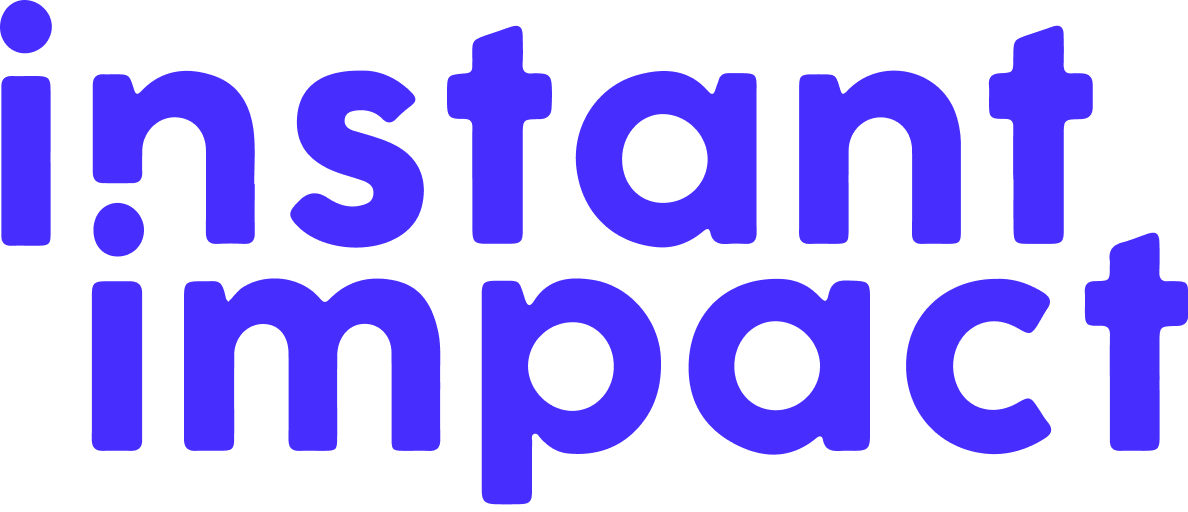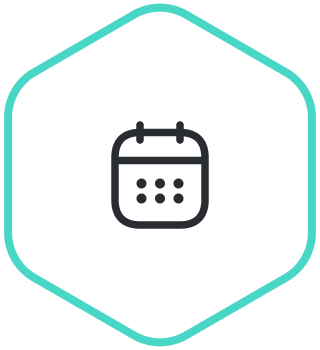There’s a lot of noise in recruitment right now. From AI tools popping up left, right and centre, to buzzwords like “talent intelligence” thrown around in every other meeting - it’s easy to get swept up without really knowing what works.
So we sat down with Ellie Dinter-Nethercott, Associate Director of Sourcing and Talent Intelligence, to talk about what that actually looks like in practice.
You won't be surprised to hear that it’s a lot less “spray and pray,” and a lot more strategic thinking, candidate empathy, and data-backed decision making.

What is talent intelligence, anyway?
It’s a question many people are asking, and Ellie’s answer is refreshingly practical.
“For me, it’s about working strategically and transparently,” she says. “We follow the 80/20 rule — 80% of hires often come from 20% of your channels. So rather than spreading yourself thin, we go deep on the channels that actually work.”
Talent intelligence isn’t just a dashboard full of numbers. It’s about knowing the market — which skills are in demand, where the gaps are, and how to communicate that to hiring managers in a way that helps them make better decisions. “It’s not fishing in the dark,” Ellie adds. “It’s insight-driven recruitment.”
Sourcing isn’t just reactive, smart teams think ahead.
In fast-moving industries, hiring often feels like a race against time. But the best teams know that building a talent pipeline isn’t just about today’s roles.
“We use sourcing to build long-term talent pools,” Ellie says. “That means identifying missing skills across the business and engaging with candidates even when there’s no open role — showcasing what makes us different, what we value, and why they might want to work with us in the future.”
It’s proactive sourcing, not reactive firefighting. And it pays off - companies with strong talent pipelines fill roles twice as fast on average, according to LinkedIn’s Global Talent Trends report.
Inclusion and reality: meeting D&I goals with market data
One of the most powerful uses of talent intelligence? Bridging the gap between D&I ambition and what’s possible in the market.
“Take tech hiring - we want diverse shortlists, but in many markets, only 20% of software engineers are women,” Ellie explains. “So we show the data, set expectations, and talk about what we can do - make inclusive job ads, use neutral language, source proactively, and be transparent.”
This kind of insight helps companies stay ambitious and realistic. It’s not about giving up on inclusion, it’s about finding ways to push forward in a smart, sustainable way.
Local insight beats one-size-fits-all AI
There’s no getting around it - AI is everywhere in recruitment right now. But Ellie’s advice? Don’t forget the human behind the tech.
“A tool that works well in the US might not be right for Germany or the UK,” she says. “LinkedIn is great in some places, but in others you might need to look at niche job boards or platforms like Xing.”
The key is understanding local candidate behaviour, not just rolling out tech for the sake of it. And don’t ditch your Boolean strings just yet - Ellie swears by them for cutting through the noise.
The future of sourcing? More human, more creative
Looking ahead, Ellie predicts a shift toward more automation, but not at the expense of candidate experience.
“We’ll see more tools like LinkedIn’s hiring assistant, and that’s great for efficiency,” she says. “But we need to keep the personal touch. Otherwise, we all start sounding the same.”
Think persona-building, creative outreach, and content that speaks directly to candidates. And maybe, just maybe, the CV might finally become a thing of the past.
I hear it all the time - people say profiles like LinkedIn will replace the resume,” Ellie notes. “And honestly, I think it’s heading that way.”
Whether it’s using data to tell better stories, finding talent in unexpected places, or challenging assumptions about what a “good candidate” looks like — Ellie reminds us that sourcing is at its best when it’s thoughtful, human, and rooted in reality.
So if you’re hiring in 2025 and beyond? Think less guesswork, more intelligence. Less hustle, more strategy. And above all - never stop asking questions.
Want to learn more? Drop us a message to book a meeting with Ellie.
If you’re curious about how we support this kind of strategic sourcing day-to-day, our Sourcing Centre of Excellence (part of our RPO solutions) dives into exactly how we make it happen.





